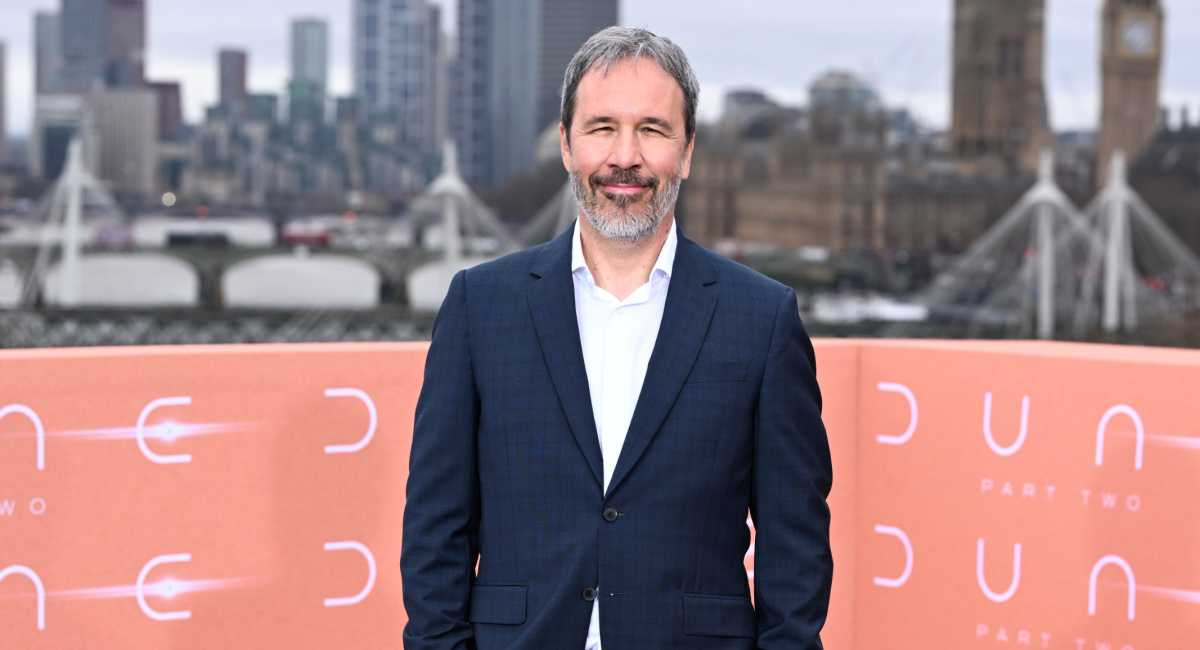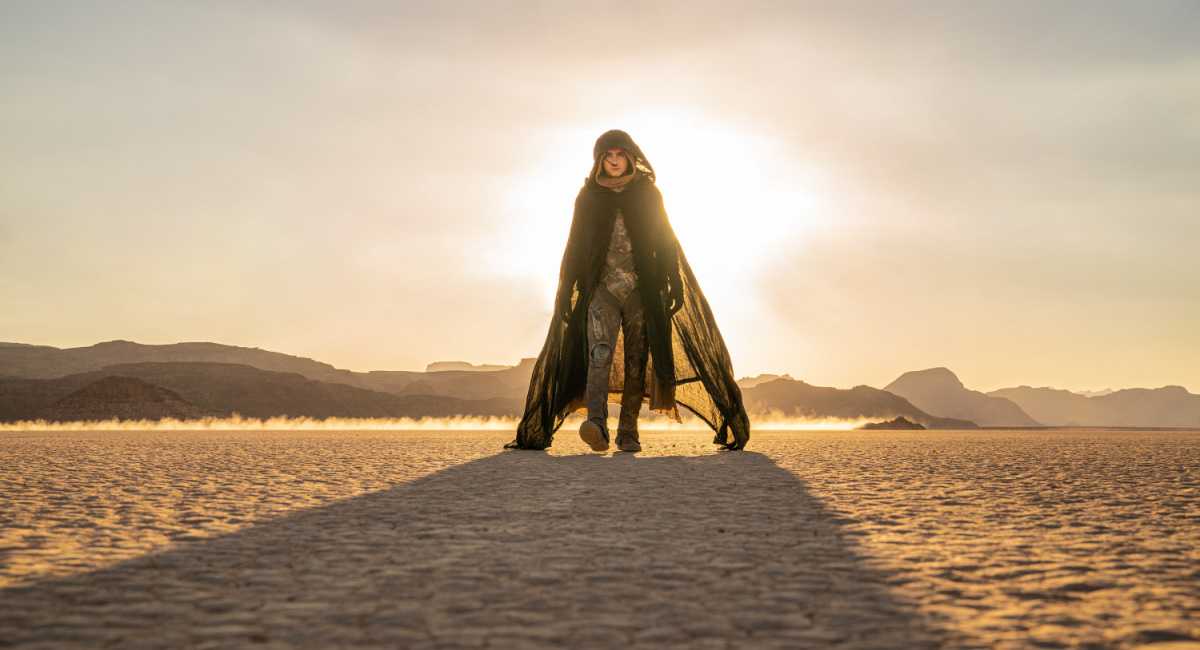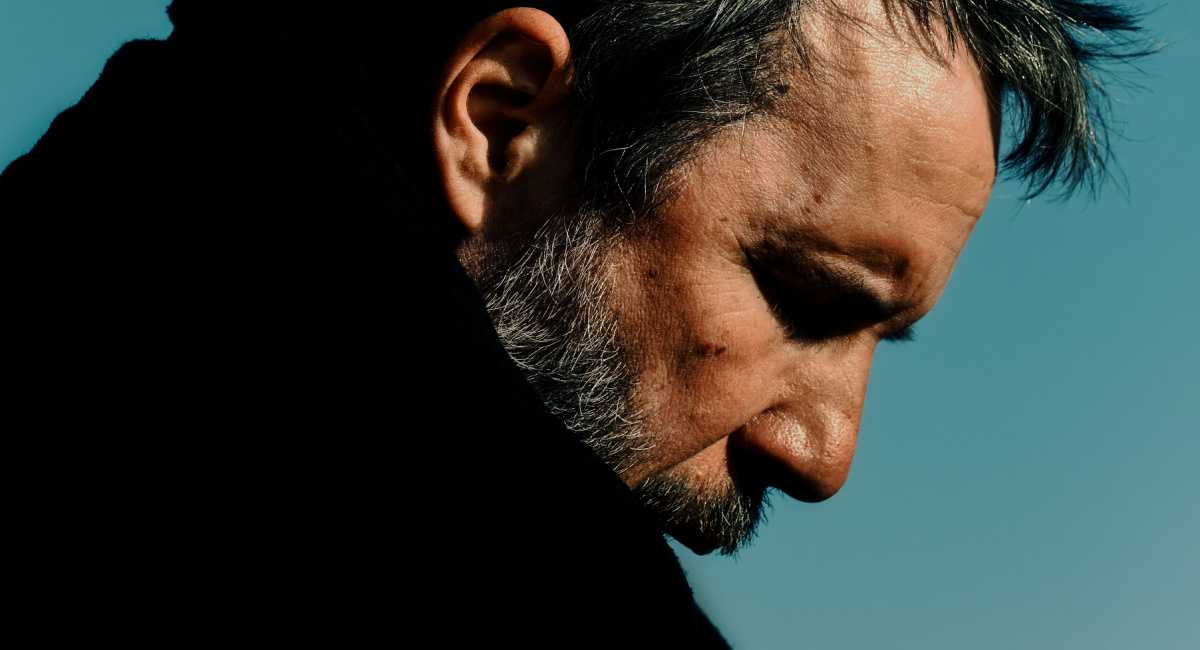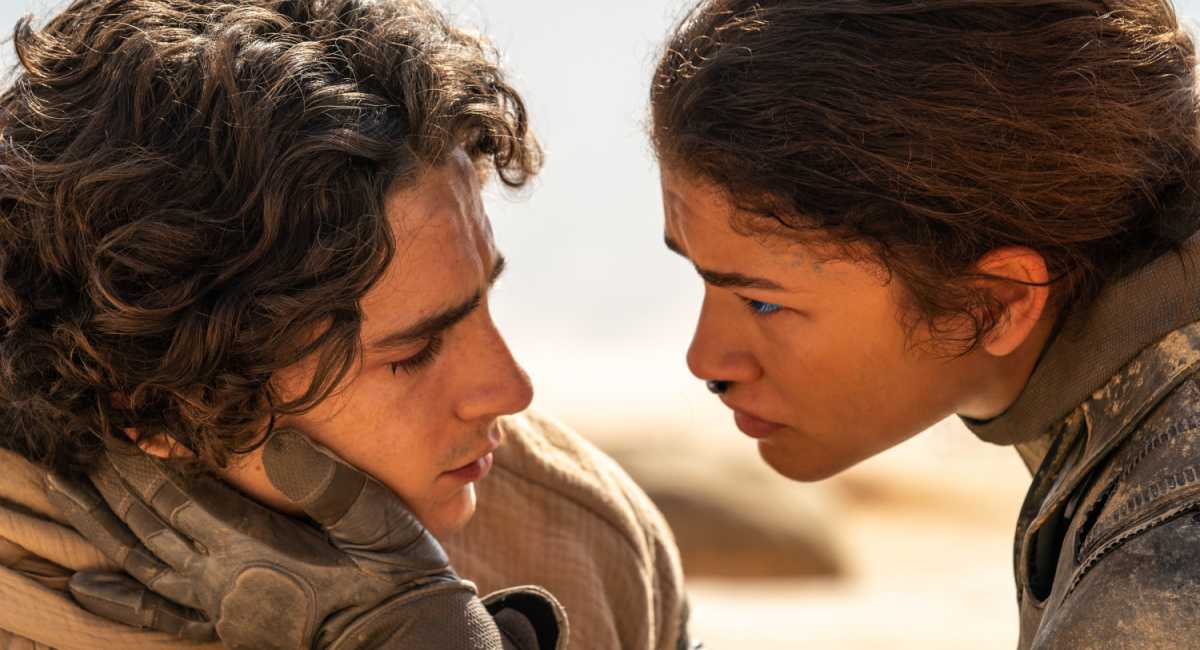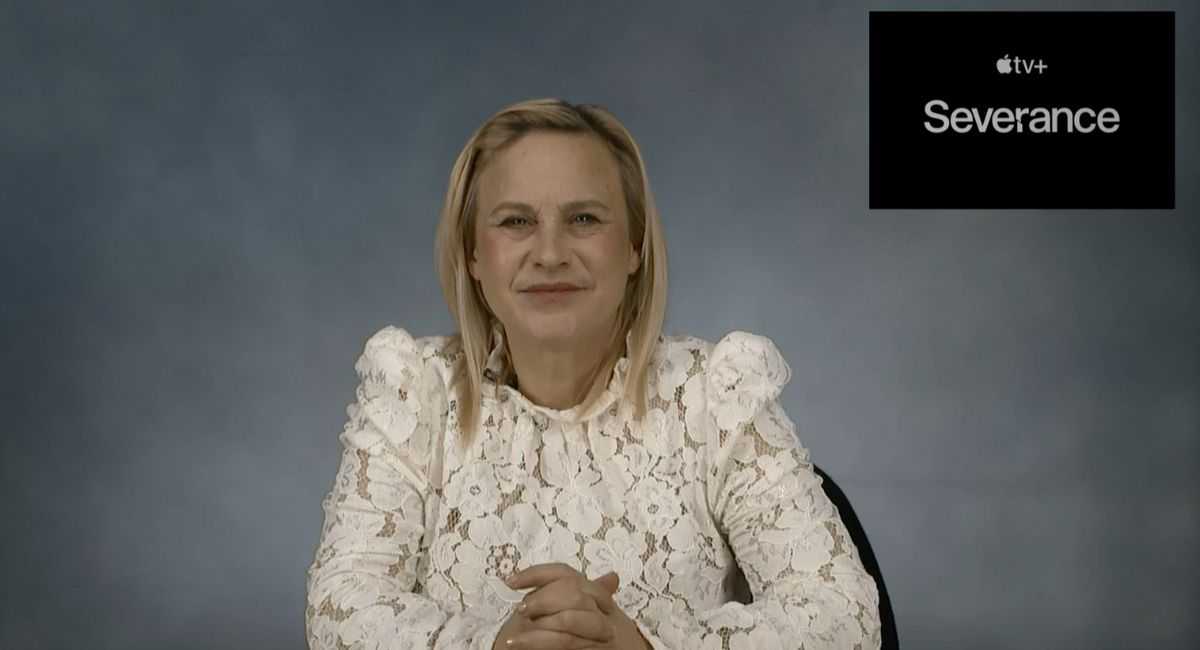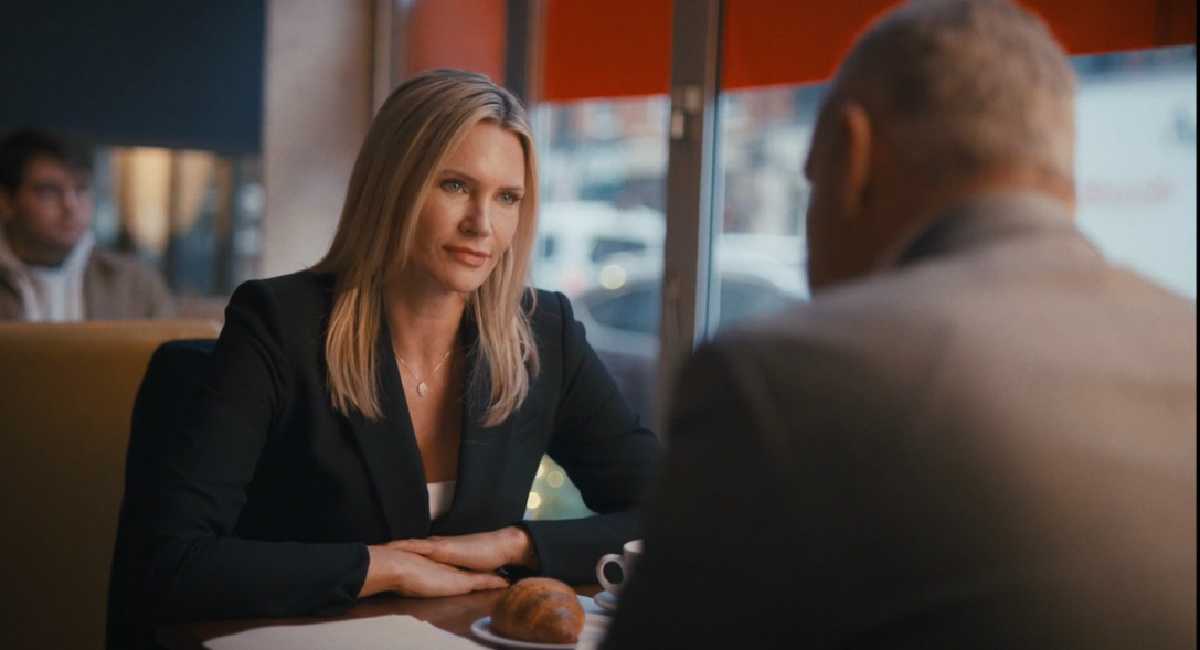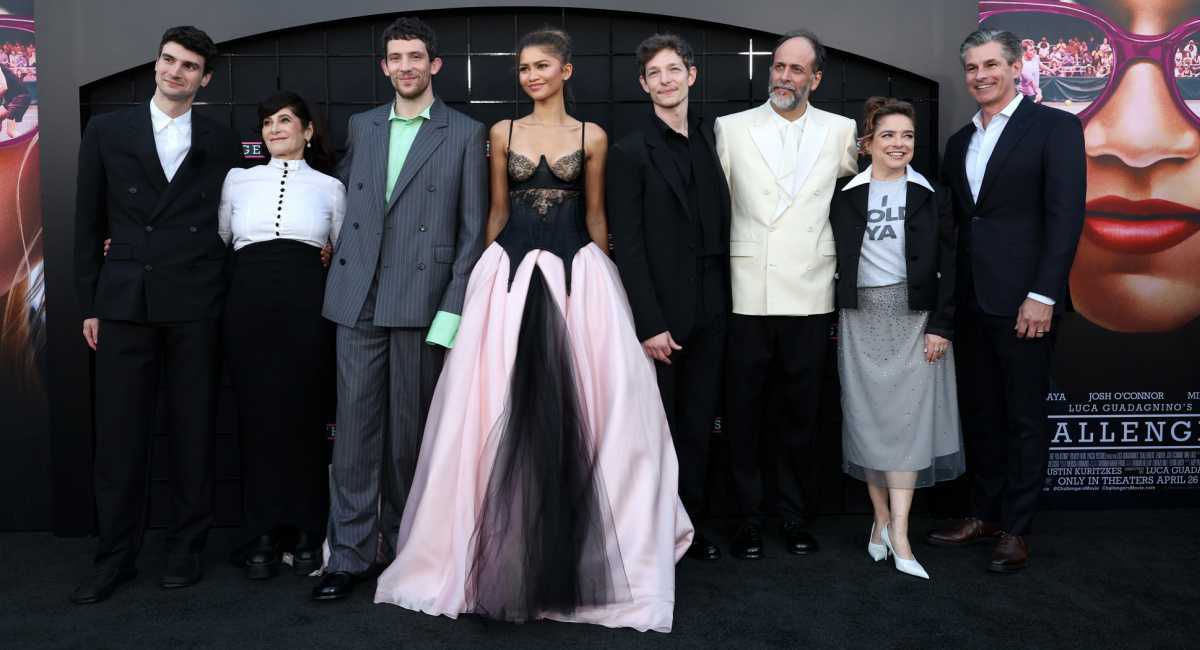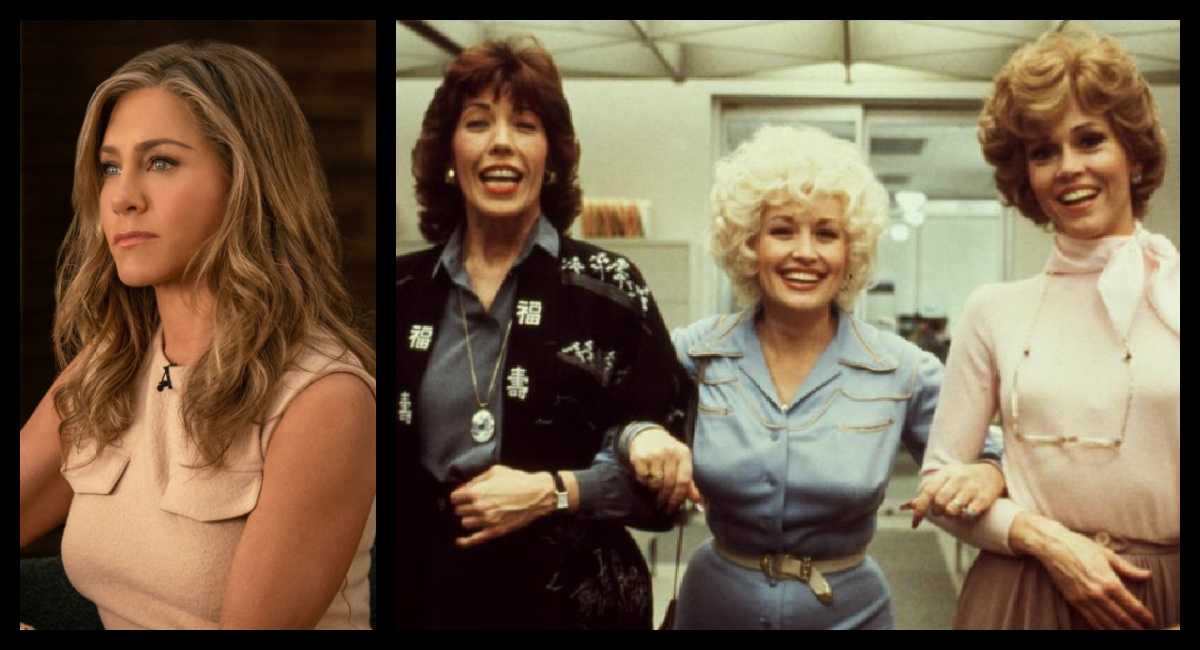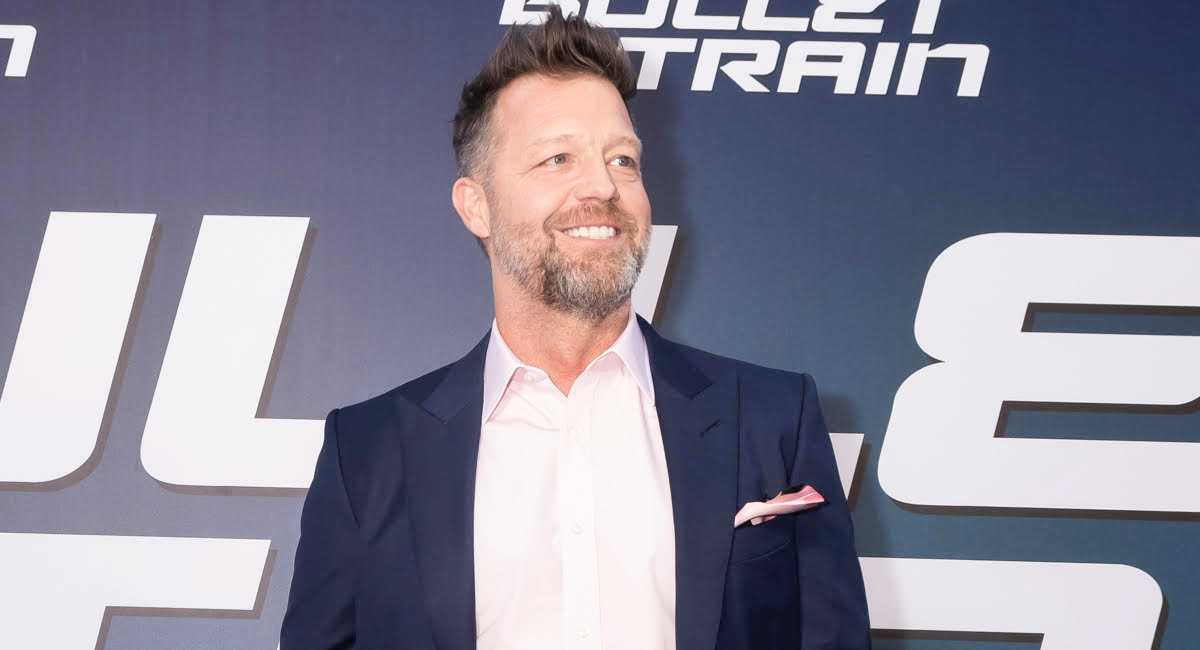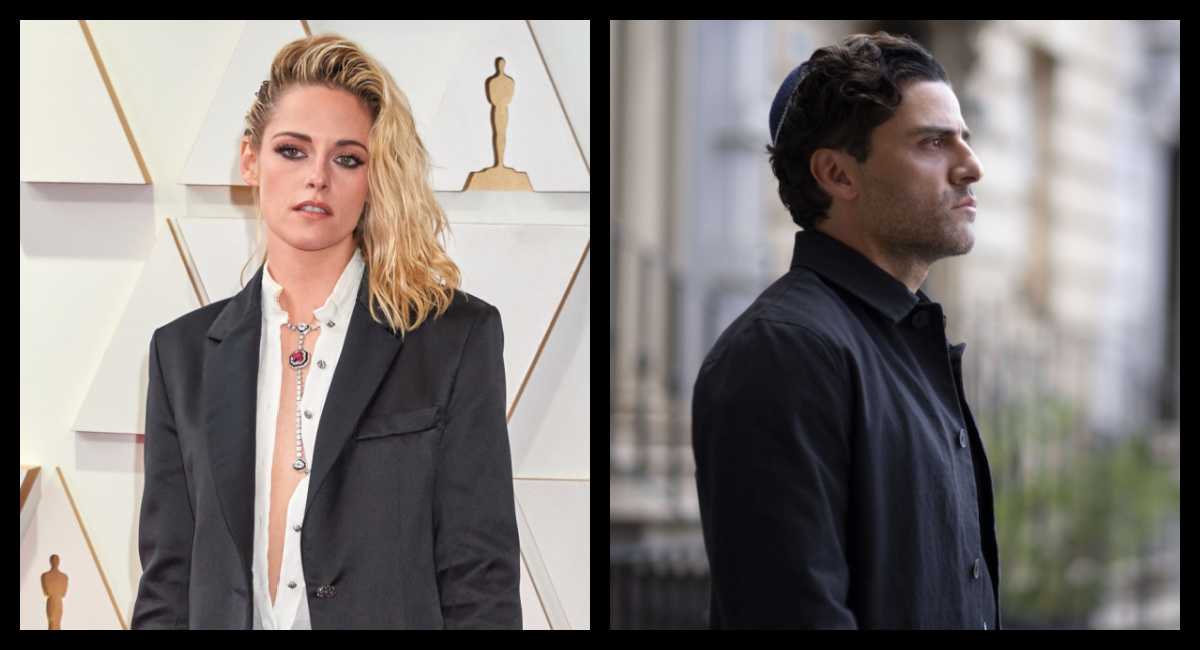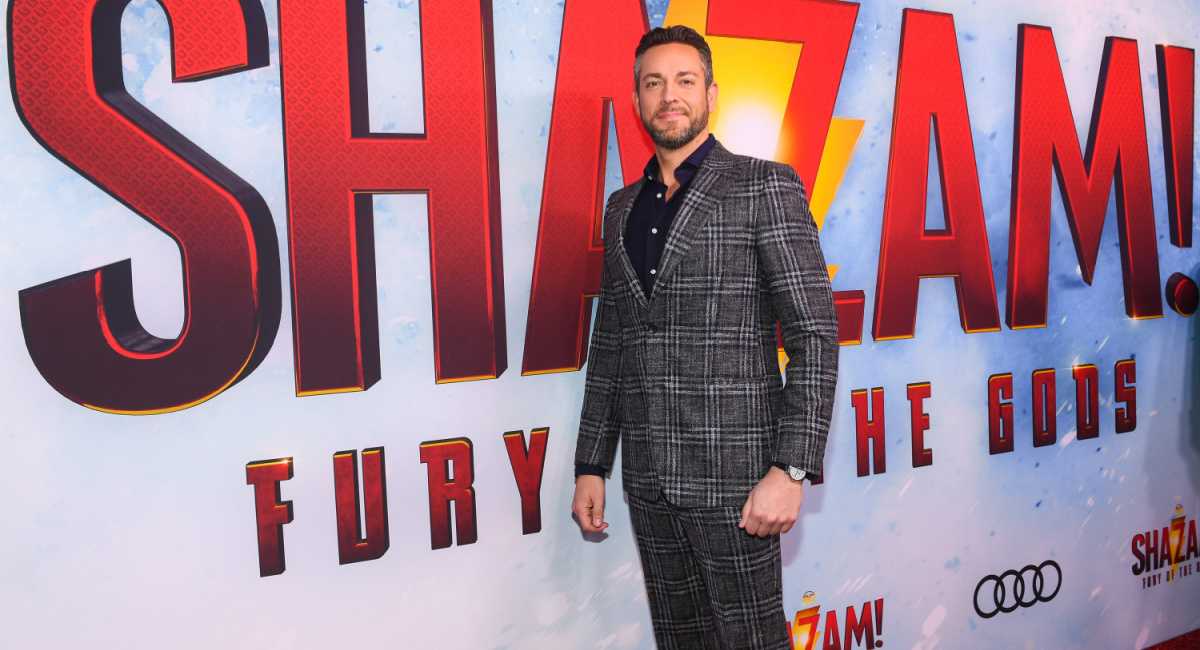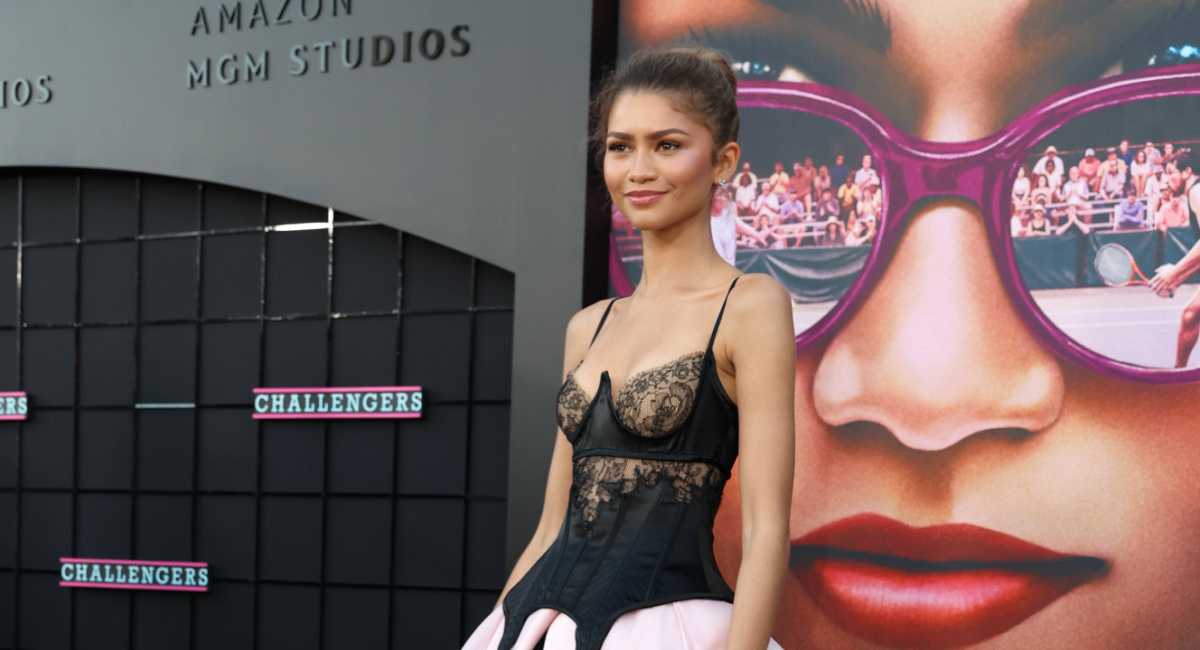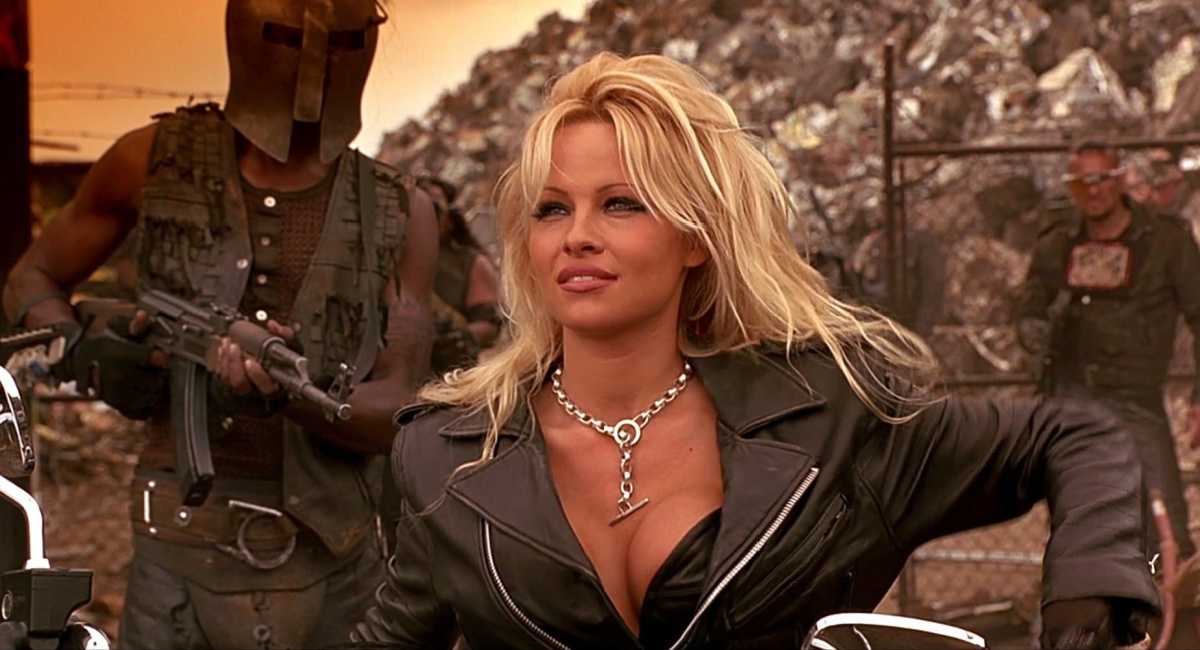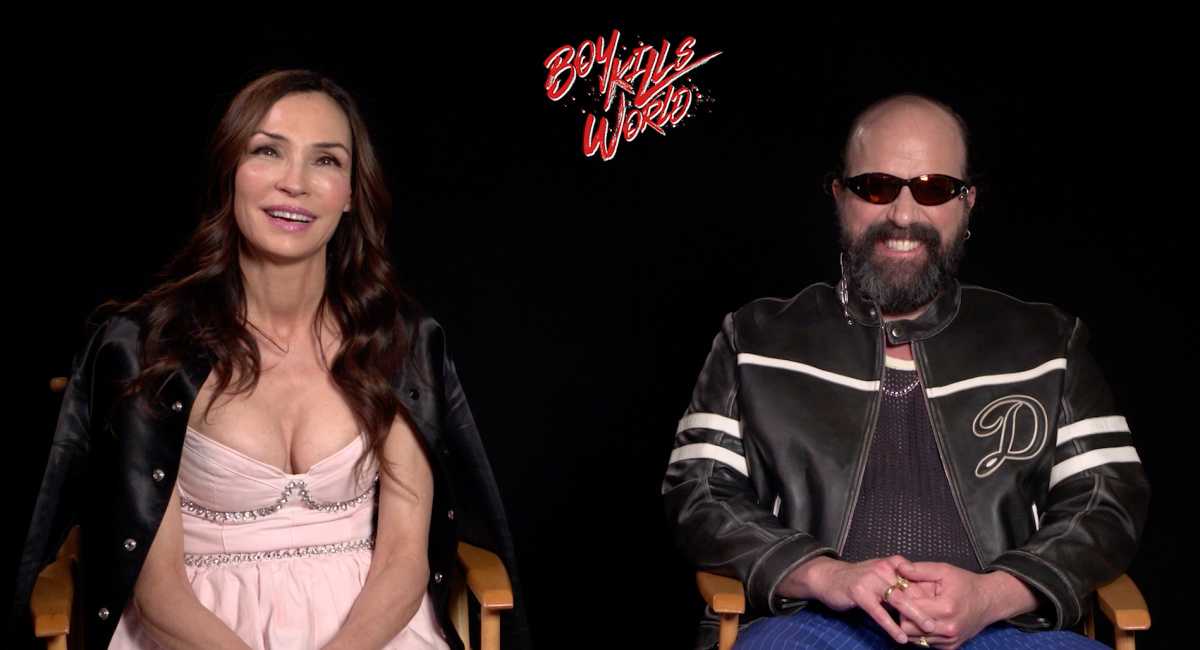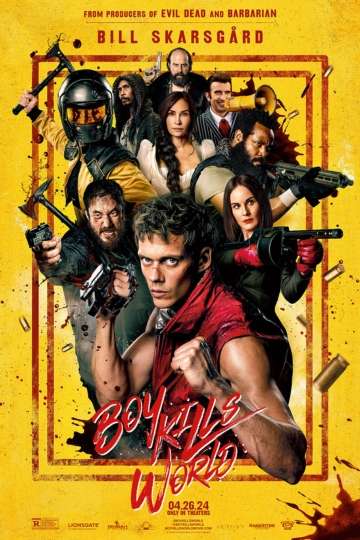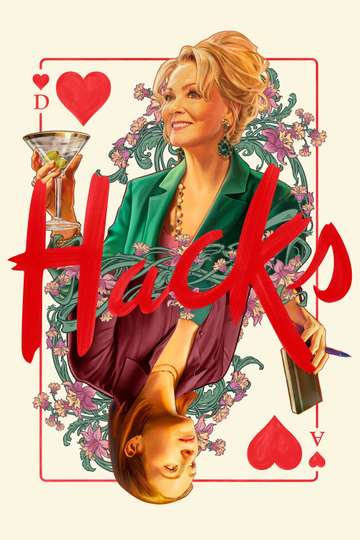Why Disney's Live-Action 'Jungle Book' Has Deep Roots in 'Bambi,' 'Lion King'
In anticipation of Disney's live-action adaptation of "The Jungle Book," Moviefone had the opportunity to chat with director Jon Favreau about what inspired him to re-imagine the beloved animated classic.
Opening this Friday, Favreau's movie takes us back into the jungle with Mowgli and friends using cutting-edge technology that renders an incredible, photo-realistic world in 3D. When you see it, you'll be shocked by the knowledge that "The Jungle Book" was shot entirely in Downtown Los Angeles using practical sets and Dolby vision laser projection. In other words, if you thought movies like "Avatar" and "Life of Pi" looked amazing, you ain't seen nothin' yet.
We also get some of what we love from the original musical Walt Disney production but fit to reflect the time and outfitted with a stellar voice cast. Newcomer Neel Sethi plays Mowgli and is joined by Sir Ben Kingsley (Bagheera), Lupita Nyong'o (Raksha), Bill Murray (Baloo), Scarlett Johansson (Kaa), Idris Elba (Shere Khan), Giancarlo Esposito (Akilah) and Christopher Walken (King Louie).
With all of this in mind, we couldn't wait to talk to Favreau about raising the bar on visual storytelling using a tried and proven method: the Walt Disney way.
Moviefone: What I took away the most from your take on "The Jungle Book" was just how steeped in Walt Disney's philosophy for storytelling it was. You did what he did with fairy tales and the classic Kipling story to create a new take on a beloved movie. How did you go about mining the core of the original film's narrative to build your own vision?
Jon Favreau: You just can't make the movie exactly like the old one. It wouldn't work live-action, so we had to make some changes to it. Hopefully, we honored the legacy of the original one enough that you feel satisfied if you're expecting that, but yet you're seeing something that goes further in some ways.
Enough people who love Disney have seen it that I feel comfortable that we didn't at least put them off -- that we didn't do our homework and embrace the original. That was an important film for me.When tackling this project, what helped you focus on the story you wanted to tell as you researched the original?
It's interesting because it's not like going back to the original movie unlocked all those puzzles. The trick that I had done on "Iron Man" that had worked pretty well was: the first thing I do is try to remember and brainstorm for the images and the things I remember most clearly because if it sits clearly in your memory it's probably been prioritized and is most important. And so "Bare Necessities" was a big one, and "I Wanna Be Like You," King Louie and the crumbling temple, and Kaa with his hypnotic eyes, and the boy being woozy, and me being scared. And then floating down the river and singing, and Shere Khan and the torch, and the elephants and the baby elephant.
I make a big list of all that stuff, and then I look at the materials because, when you watch it fresh, you'll connect with different things. I wanted to make sure to include all those images that I had connected to. And then I actually took a lot of cues from the way the plot unfolds the story because that was actually well done. Walt's a great story man, and that was very different from the book. We looked at the books, too, to get inspiration. Certain things the books were better at. I like the treatment of the elephants in the books. I like the treatment of Ikki, the porcupine, I liked Raksha, the mother. So I kinda pick and choose between the two. I think me being such a fan of the material and connecting with it gave me confidence that my instincts were going to be the instincts of others like me.
With that wealth of information, how did you tread through it and not let it overwhelm your vision for "The Jungle Book"?
They say a book is like designing a boat, and a screenplay is like designing an airplane. It has to lift. Once you hit the end of that runway, the thing has to take off. And if it doesn't fly under its own engineering, it falls apart. So there are certain rules you have to stick by. You have to keep the pace at a certain rhythm, you have to have the right mixture of emotion and tone, and once you lock into that you could get clues from other movies. Honestly, as much as we looked at "Jungle Book," we looked at "Bambi," we looked at "Pinocchio," we looked at "The Lion King." For the PG version, we made, there were more clues in those films than there were in "The Jungle Book" for how to present it, because we always found ourselves tonally: a little too young, a little too humorous. So whenever we brought in a musical element or a humorous element from the original, we found ourselves really having to be careful that we didn't trip up the whole film.On a recent trip to the old Ink and Paint building over at Walt Disney Studios, I saw a multi-plane shadowbox for the opening scene of "Bambi," which I immediately thought of during the opening of your film in its composition.
We looked at that shot. We looked at the opening of "Bambi" because back, when he was doing Bambi, Walt was still flushed with success and revenue from "Snow White," which was a huge hit and, unfortunately, over Walt's career, they were operating to diminishing returns from that point on. But Walt was so passionate that he would convince Roy, his brother, to give him the resources and the people that he needed. "Bambi" was really the one where he wanted to raise the bar like they were able to do in "Snow White" and that was his labor of love for many, many years.
I don't know if he was ever fully satisfied with the version that came out judging from the notes that I had read, because the studio was coming into a lot of other challenges. I think the war was coming on or the strike. I think it was the strike for that film, and there was definitely a version of the film he was going for and what was nice is that he got stenographers keeping notes of all their story sessions. On the Blu-ray of "Bambi," you hear them talking about how they were gonna make the animals look photo-real, and the tone of the performance vs. how cartooney they were in "Snow White," how realistic they were presenting them, and the way there were gonna show the photo-real backgrounds, and how they would stylize things. And the way they would treat the hunter, and the way they would treat the weather. Hearing it in his read-back transcript, it was almost like having him available to us. And he really was wrestling with a lot of things people wrestle with today. Certainly, we did.
So we drew inspiration looking at the shots. The beauty of the shots in "Bambi" were unsurpassed by the time we got to the '67 "Jungle Book" film. Although character animation was still hitting a high watermark because you had the Nine Old Men around. I think most if not all of them were still around for the animated emotional moments. You didn't have the same lushness of the multi-plane, nearly the amount of artists designing a project like this. And, although it was a big success for them financially, it wasn't embraced in the same way the films like "Snow White" were in its day. So I think by trying to channel the entire Disney legacy and then also "The Lion King," which came afterwards (that was affected very much by "The Jungle Book" if you hear the animators of that one speak). I think that one was essential in having fun musical moments but also having scary moments, where characters are in serious danger.
And taking cues from Walt there makes so much sense, it immerses you in Mowgli's world, with its practical and CGI surroundings.
He used to do that with his "Alice" and old "Laugh-O-Gram" stuff by having a live-action girl in an illustrated world. It was something he was first drawn to. So yeah, we really tried to honor the legacy but tried to do something new and exciting that just stands on its own two feet.
We've got to talk casting; this is an incredible ensemble. What inspired you to approach the talent attached to the film?
That's a big part of my job. You know Walt Disney in "The Jungle Book" was the only time he did celebrity casting because those people were famous back then before the film, so I think it gave me permission to go after higher people like Christopher Walken or Idris Elba.
Loved the cowbell reference by the way. So meta!Did you catch it? I'm so glad it's in there. That was an on-set discovery. That was a prop in the background that I pulled and I said, "Oh my god, this is what Mowgli has to use. I knew he had to touch something that would get the attention of King Louie and I saw the cowbell off to the side and I pulled that in and swapped it out for the prop that we had designed for it.
Awesome. Sorry, back to casting...
With Christopher Walken and Bill Murray, I let them really be themselves and be recognizable through the characters. I think that was part of what made the original special as well.
Disney's "The Jungle Book" opens Friday, April 15th.



